Invitation card produced on the occasion of Manfred Pernice’s exhibition Kassetten/Cassettes II at Kulturkreis der Deutschen Wirtschaft, Berlin, January–December, 2017.
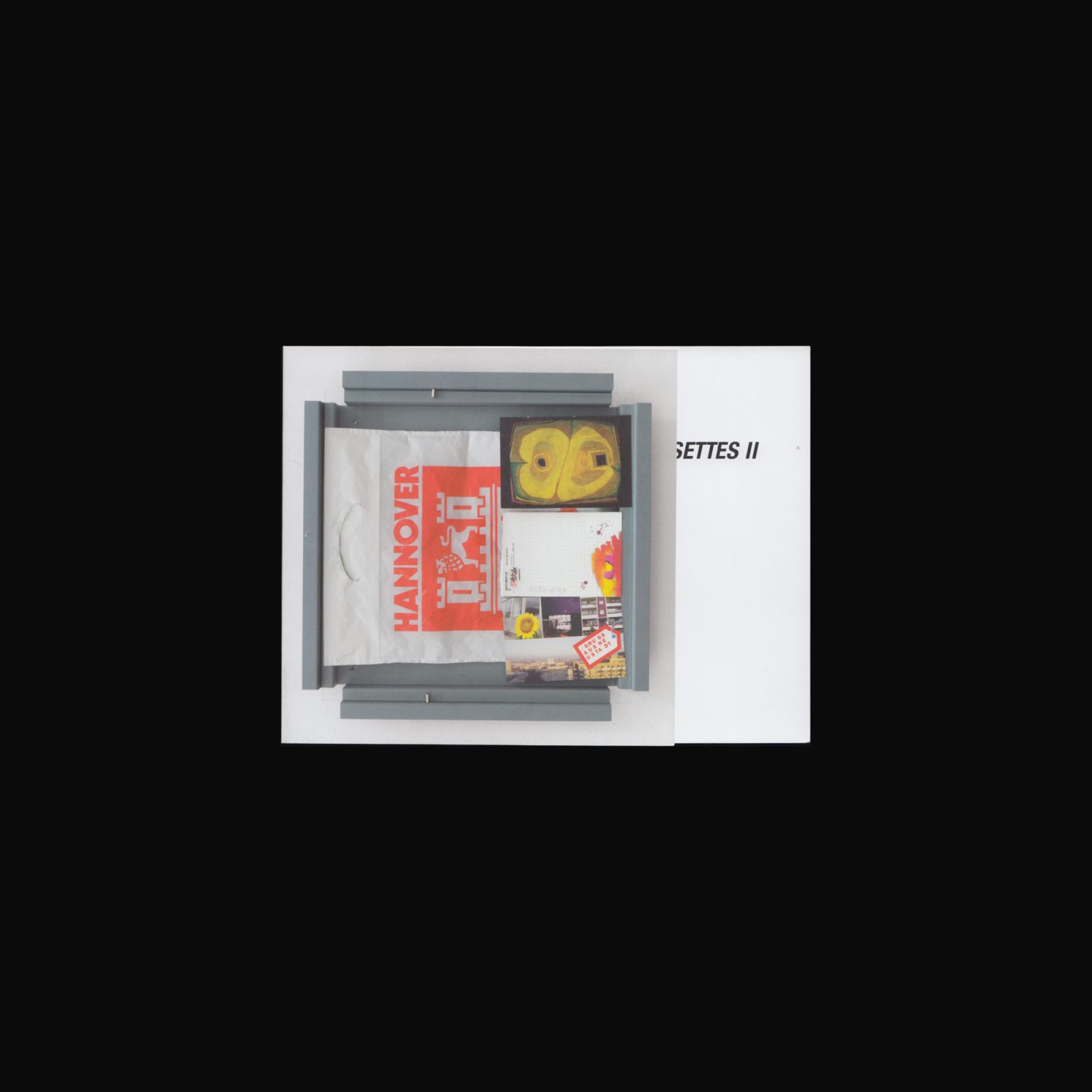

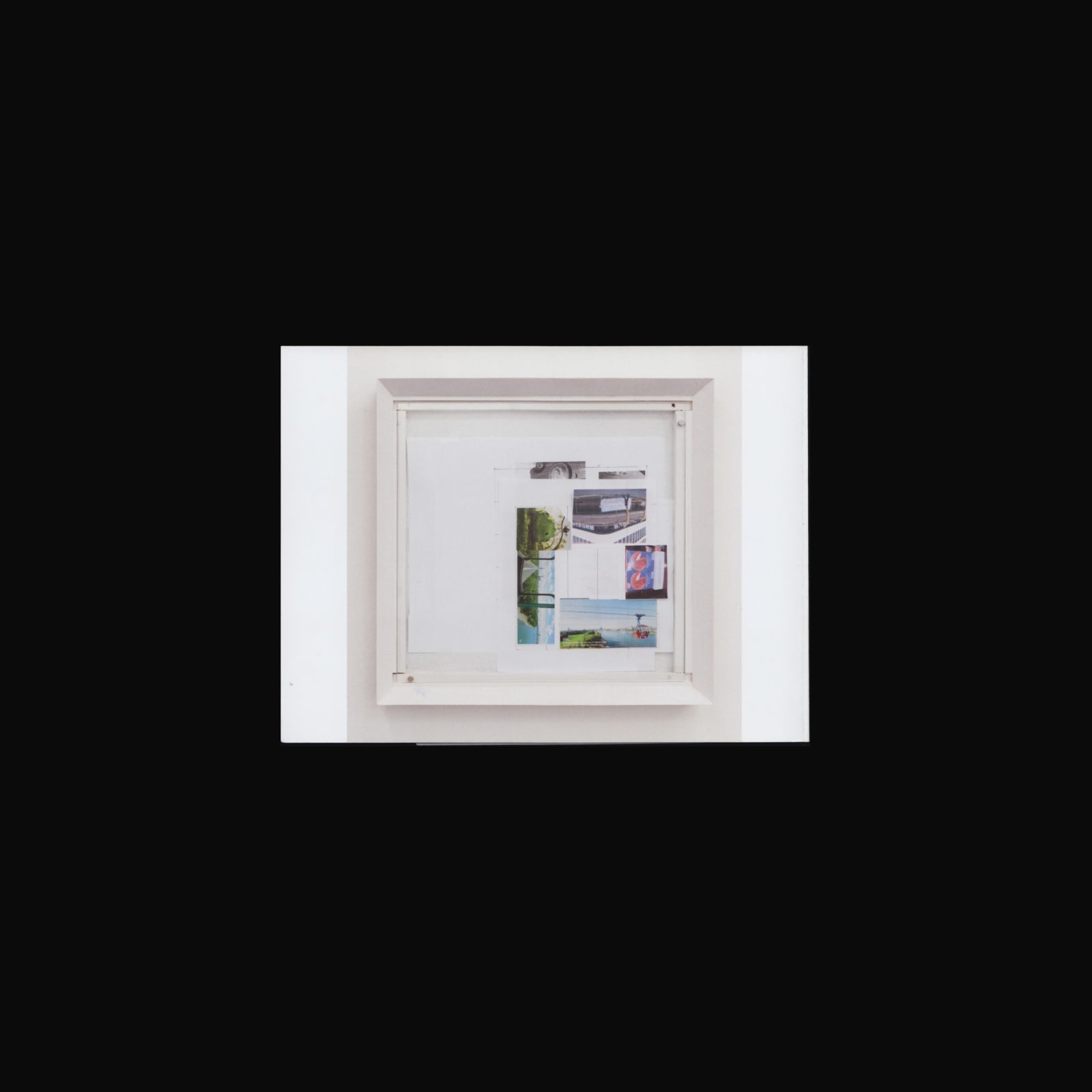
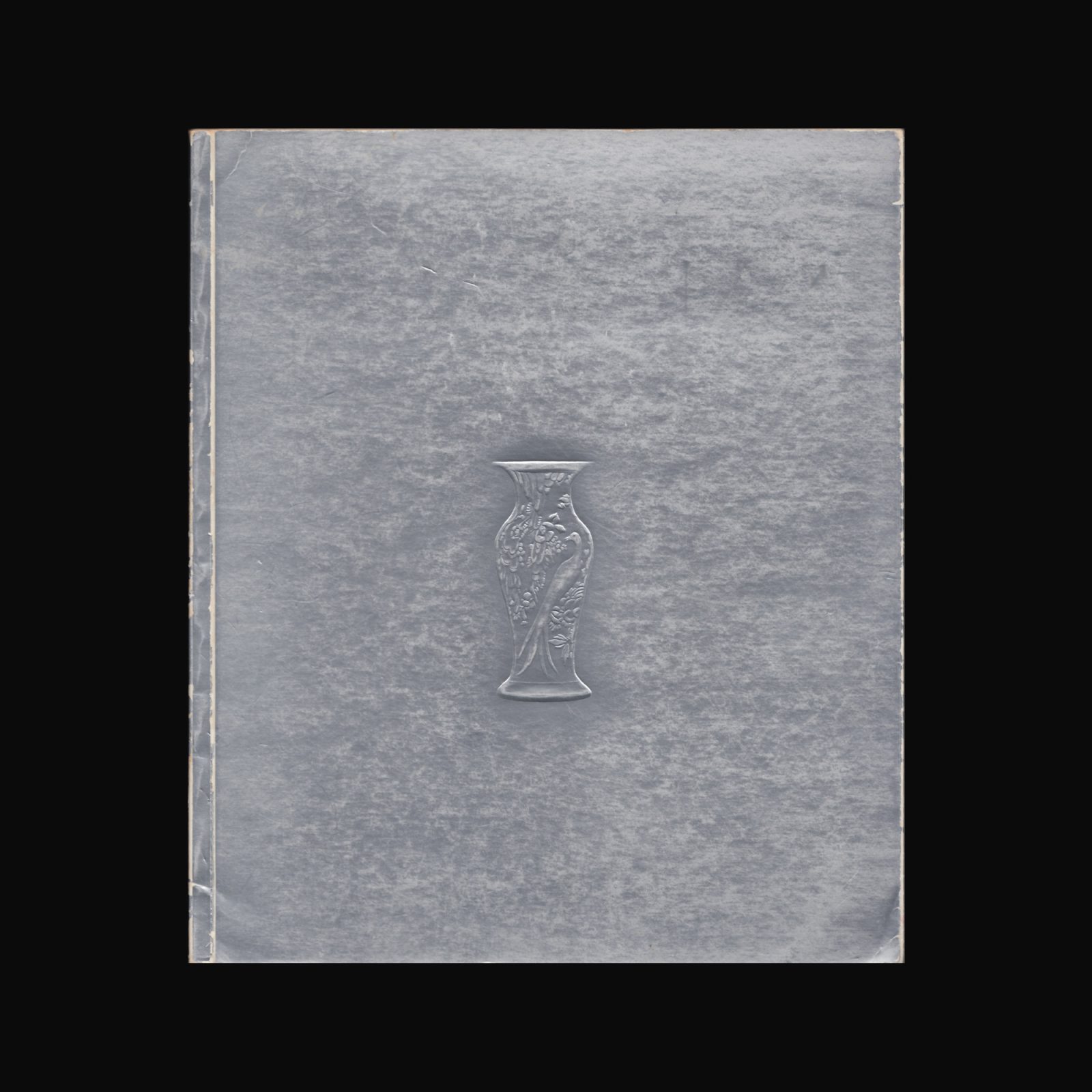
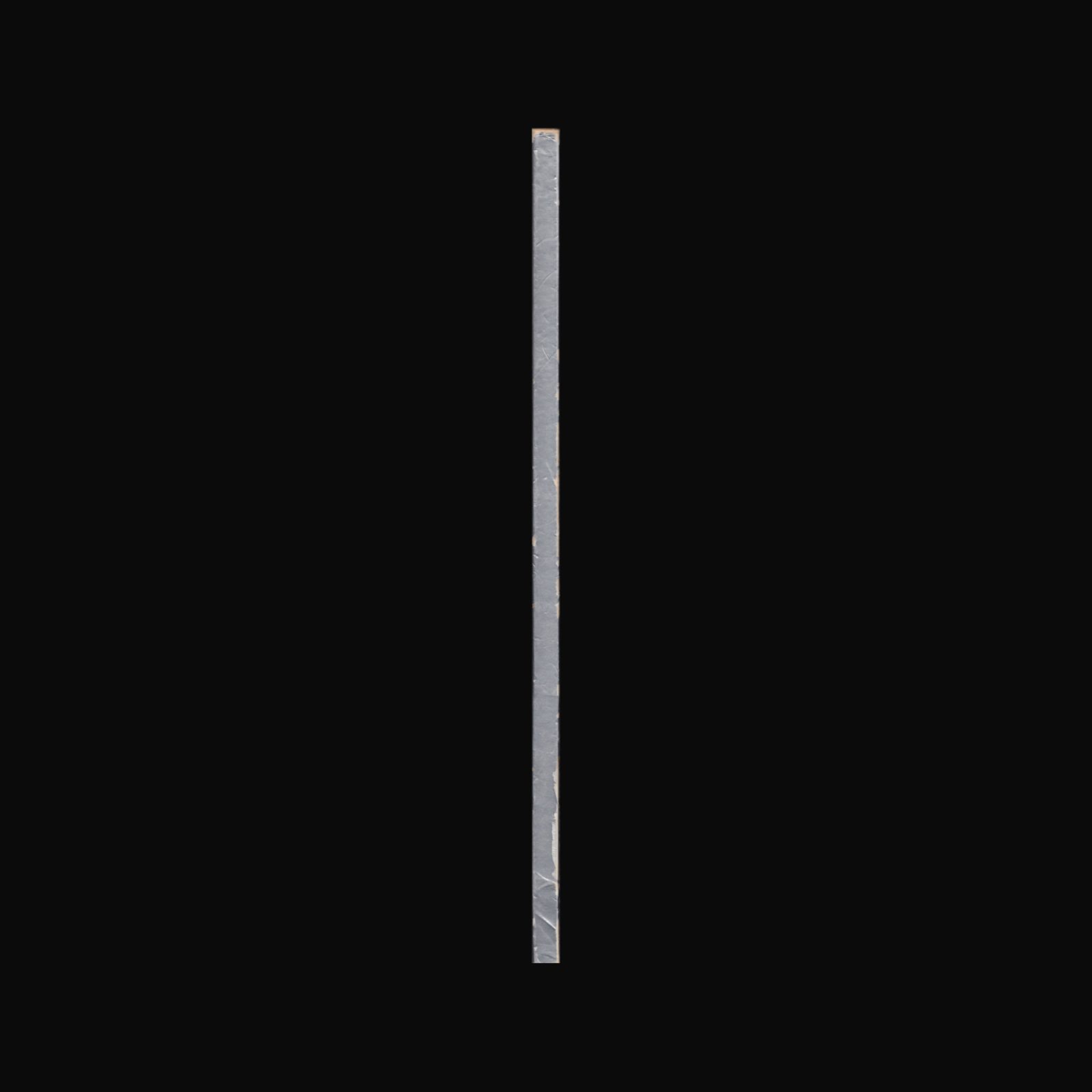
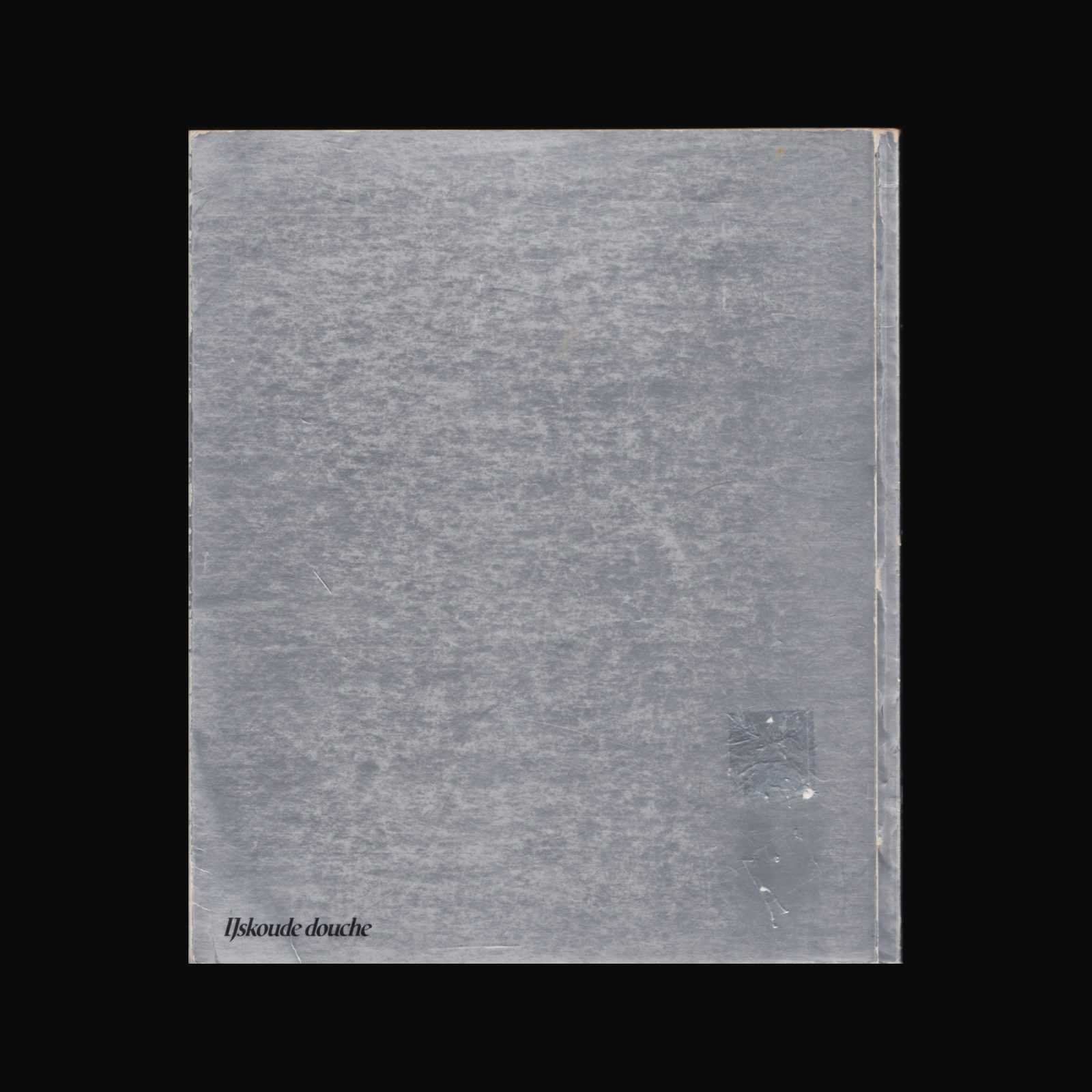
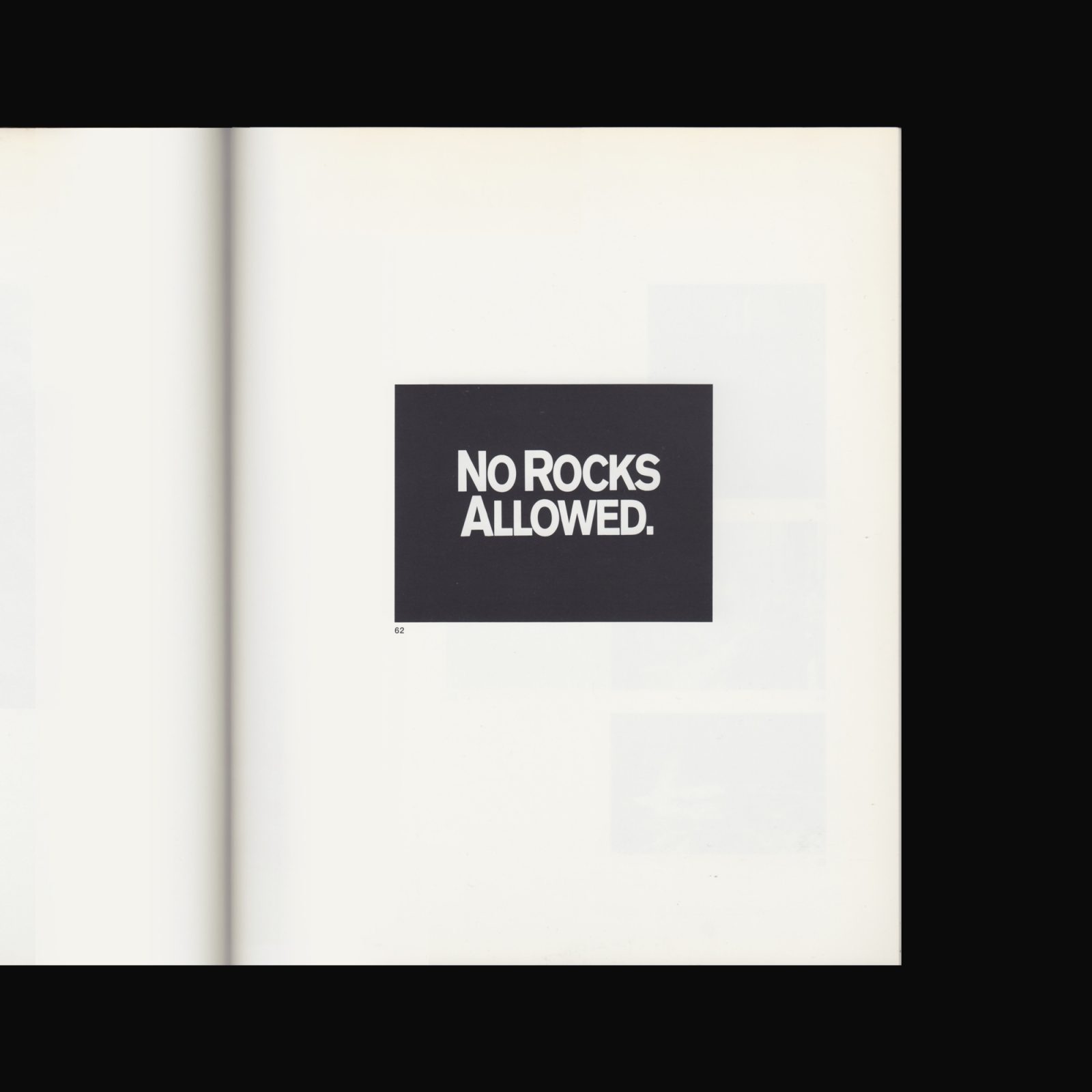
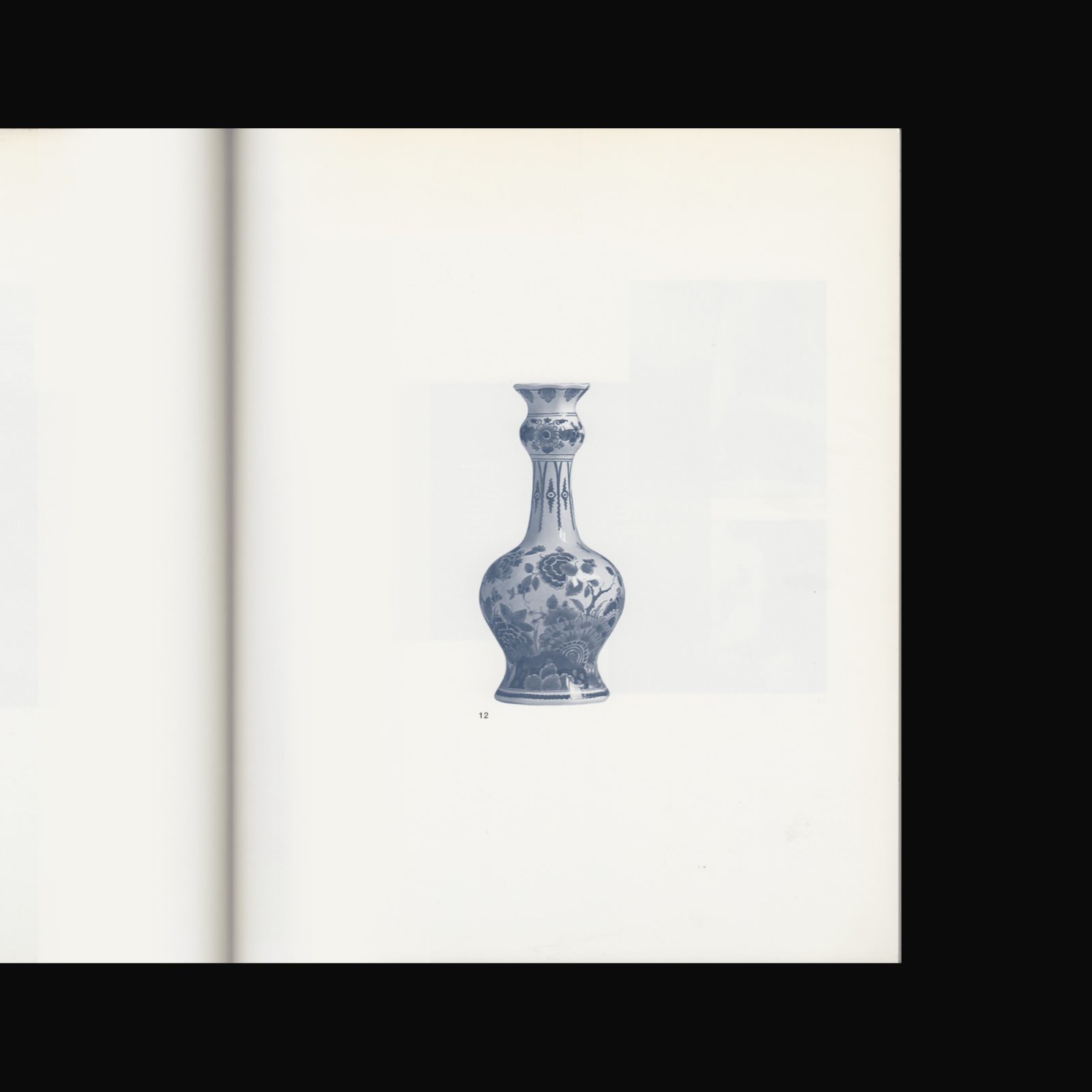
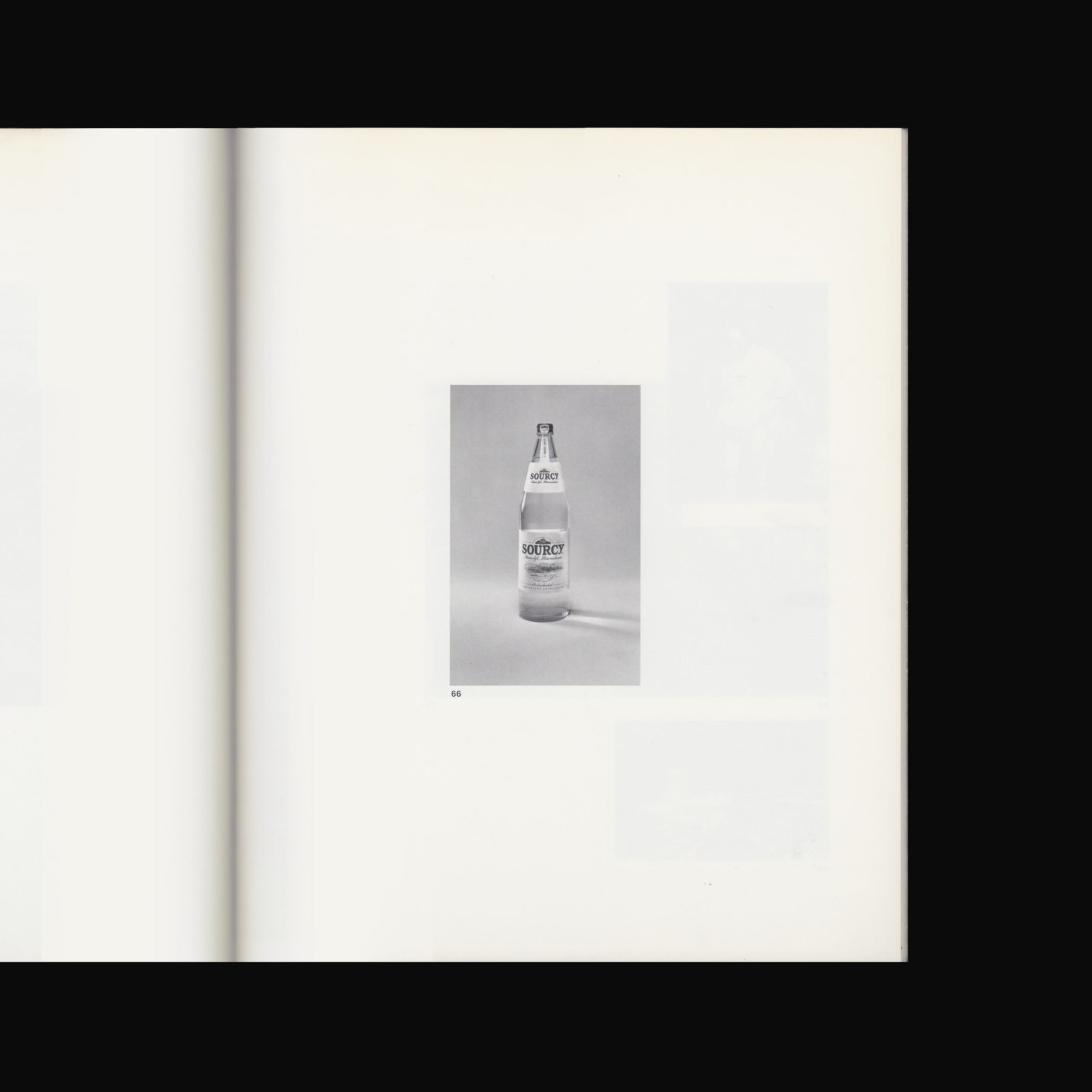
Produced on the occasion of the exhibition No Rocks Allowed., curated by Haim Steinbach, in Witte de With Center for Contemporary Art, 17 October–29 November, 1992. This book, a photo album compiled and designed by Steinbach himself, serves as a continuation of the exhibition, including the work of; Bas Jan Ader, Marcel Broodthaers, James Joyce, Joseph Kosuth, Cas Oorthuys, Klaus Rinke, Gerry Schum, Shelly Silver, J.J. Slauerhoff, the Van Toer family, G. Lee Thompson and Lawrence Weiner.
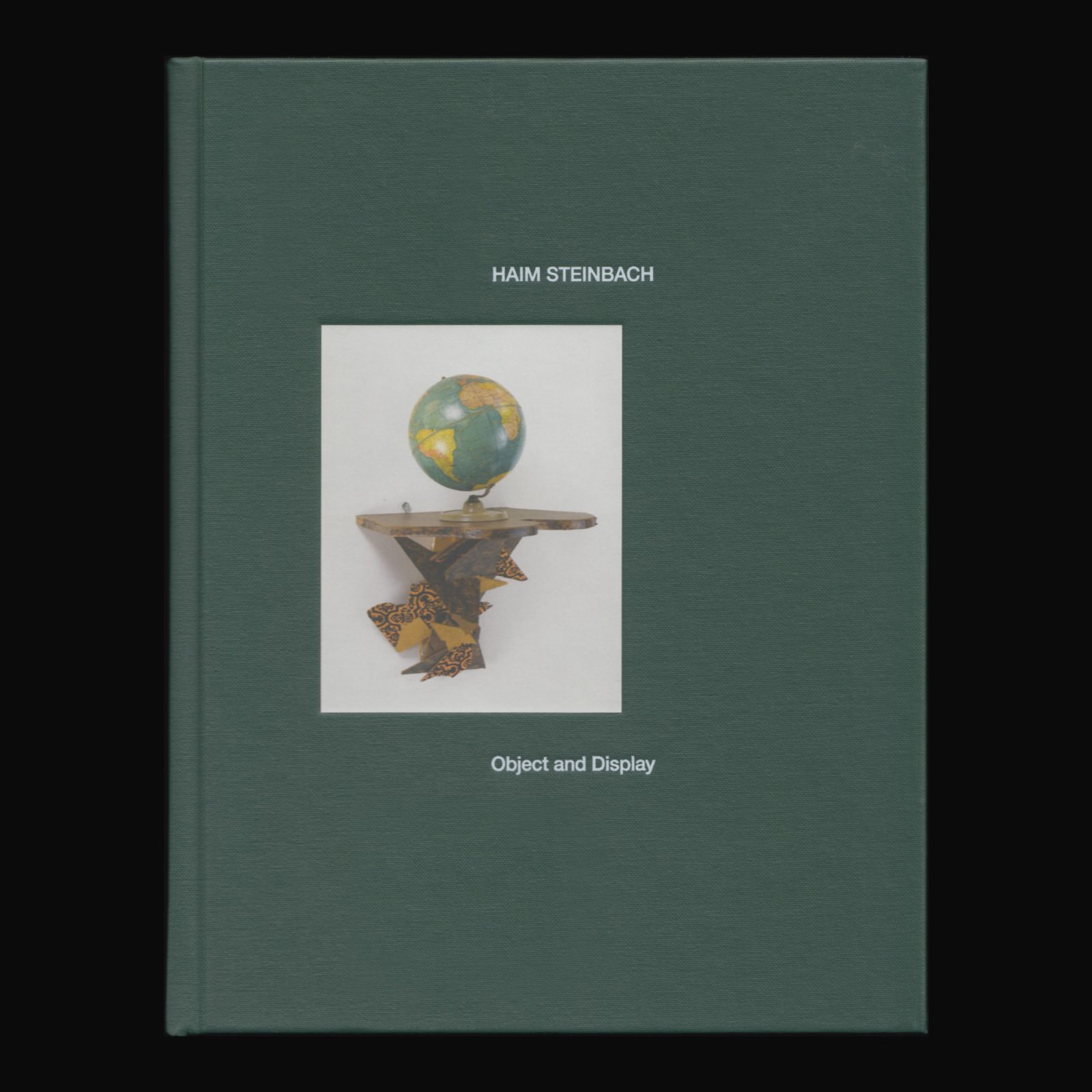
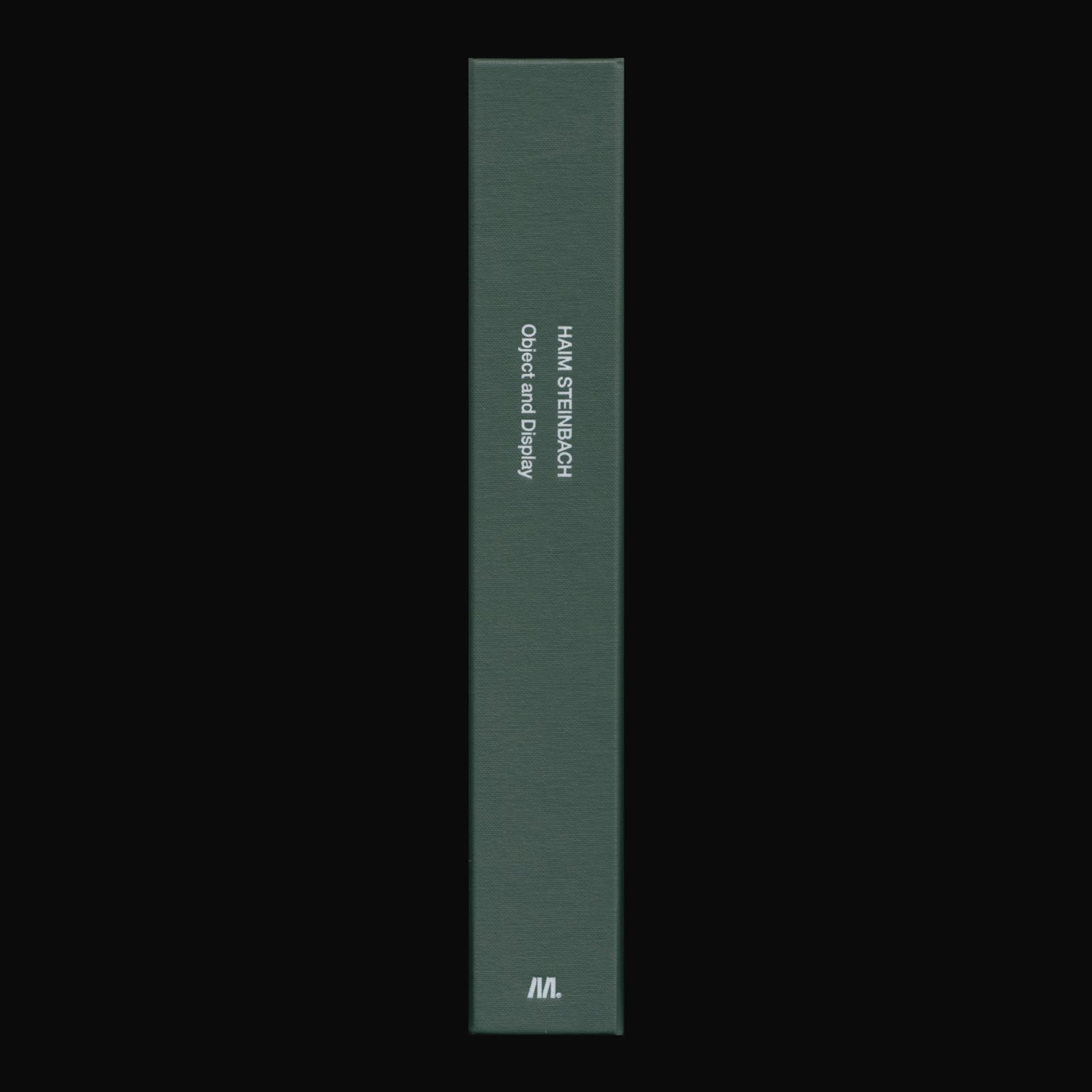
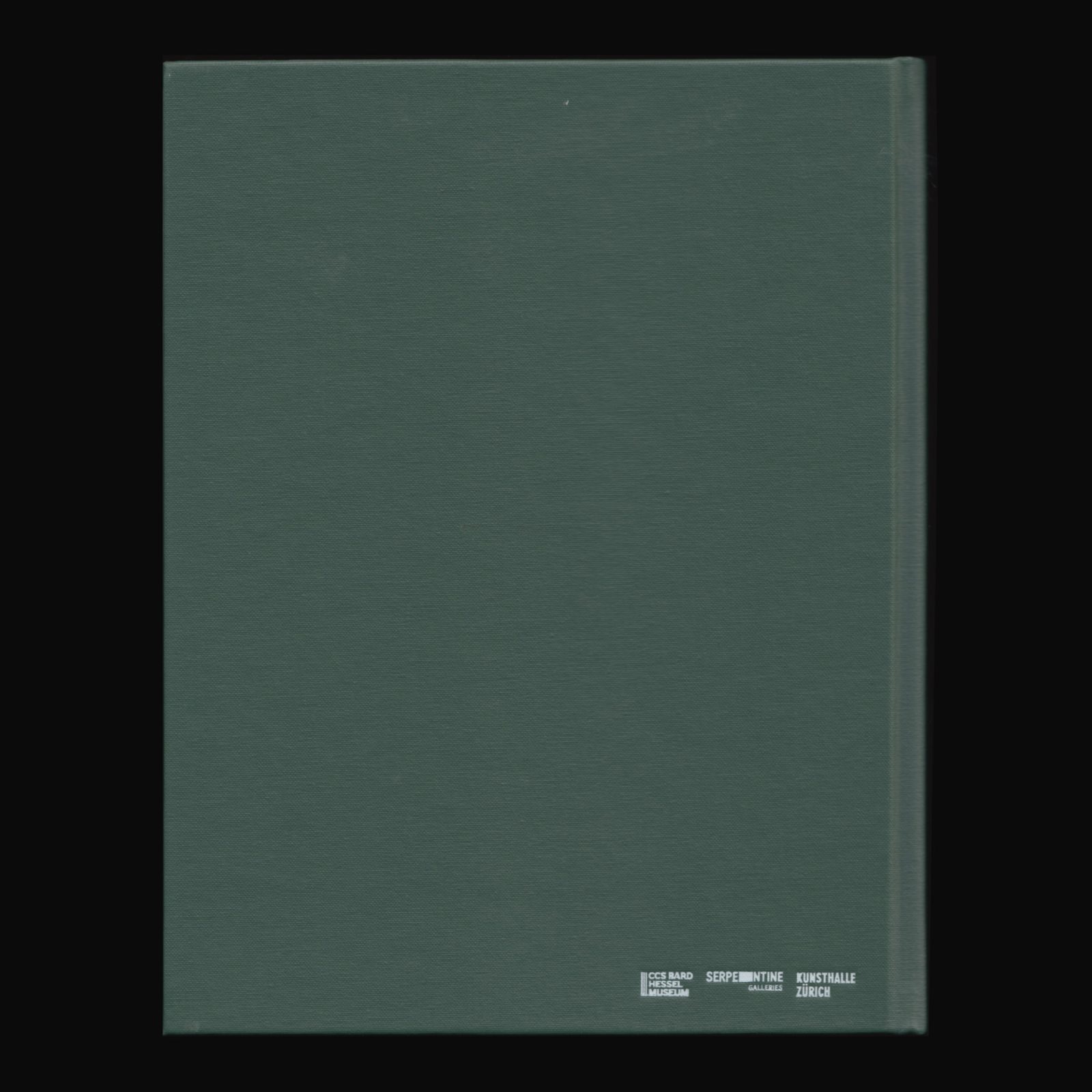
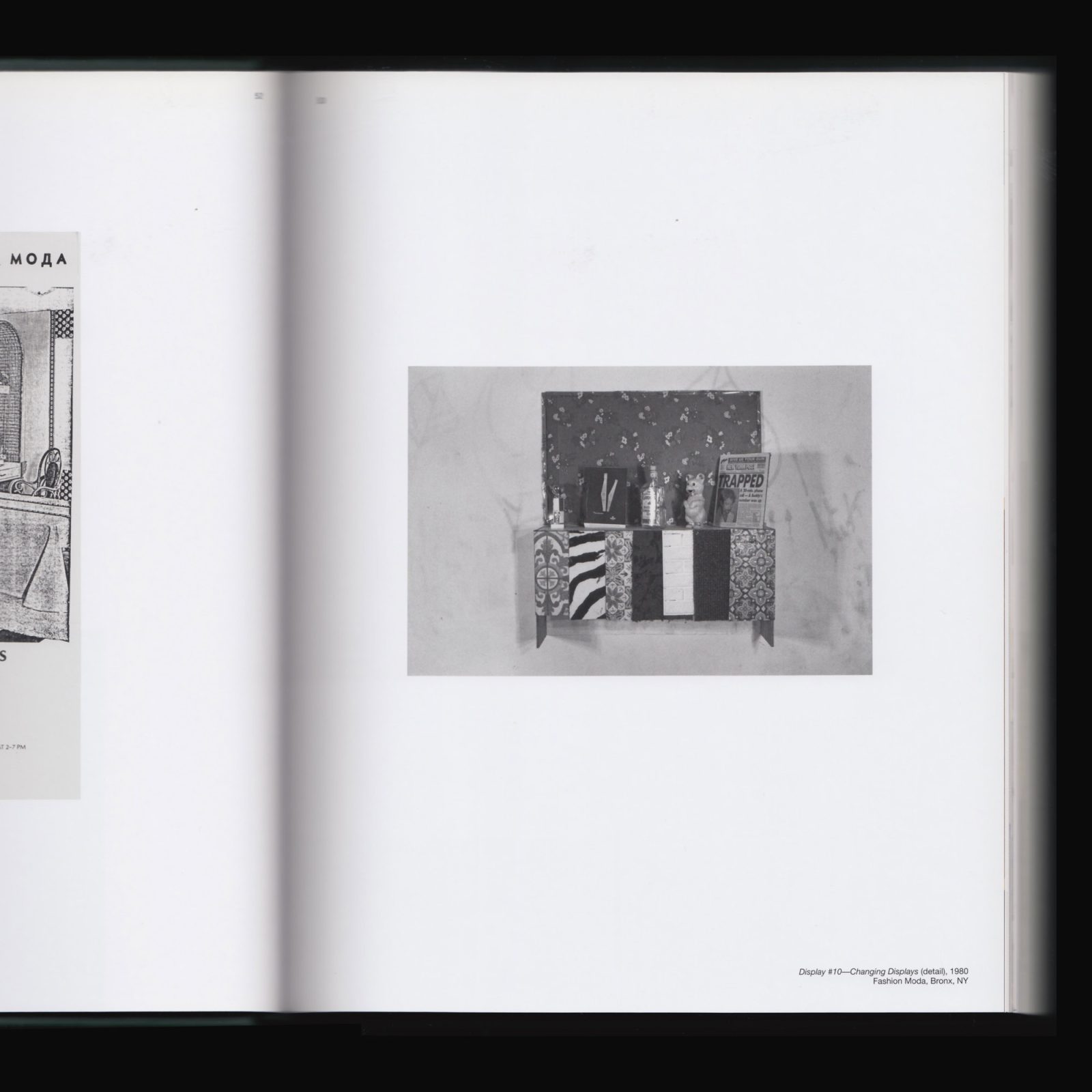
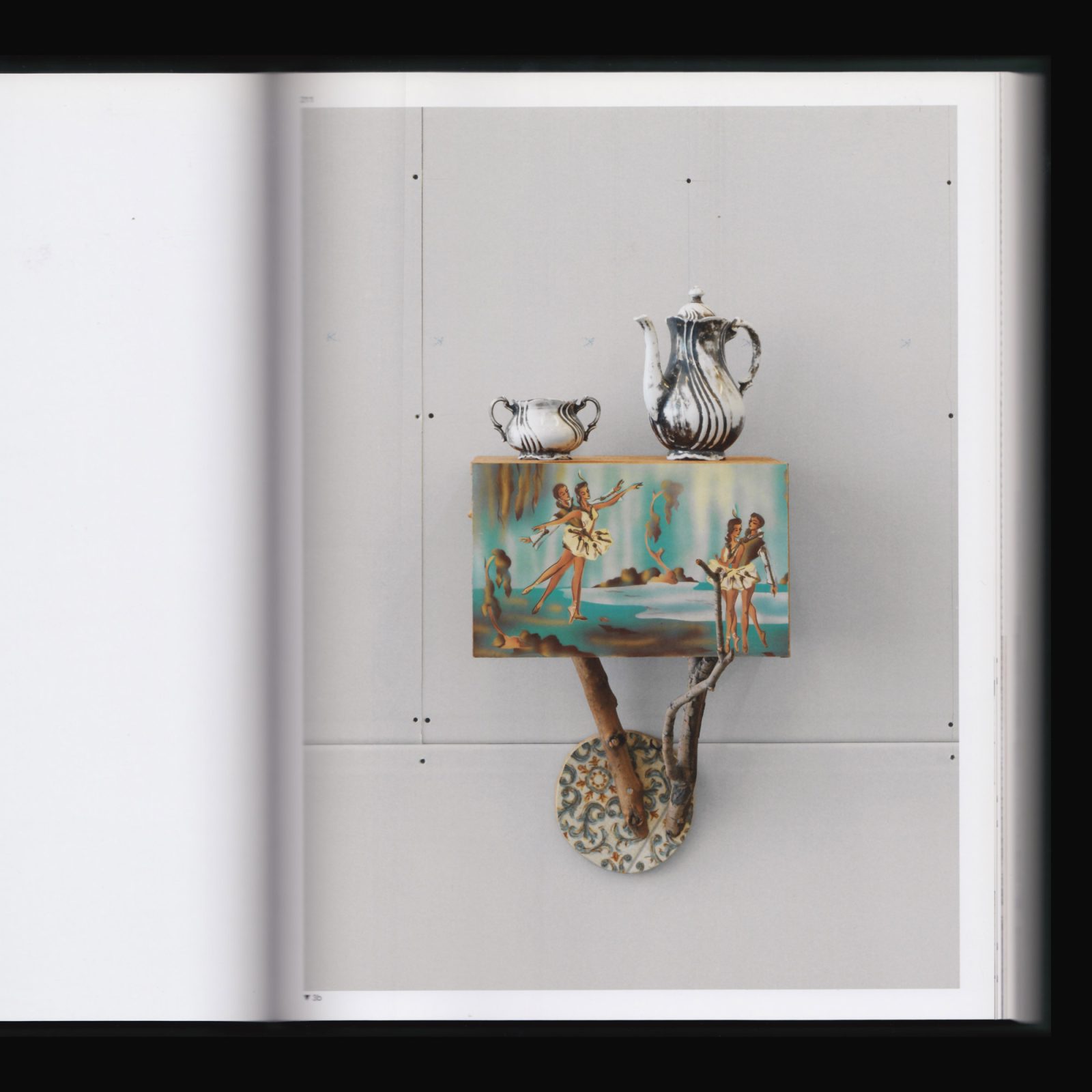
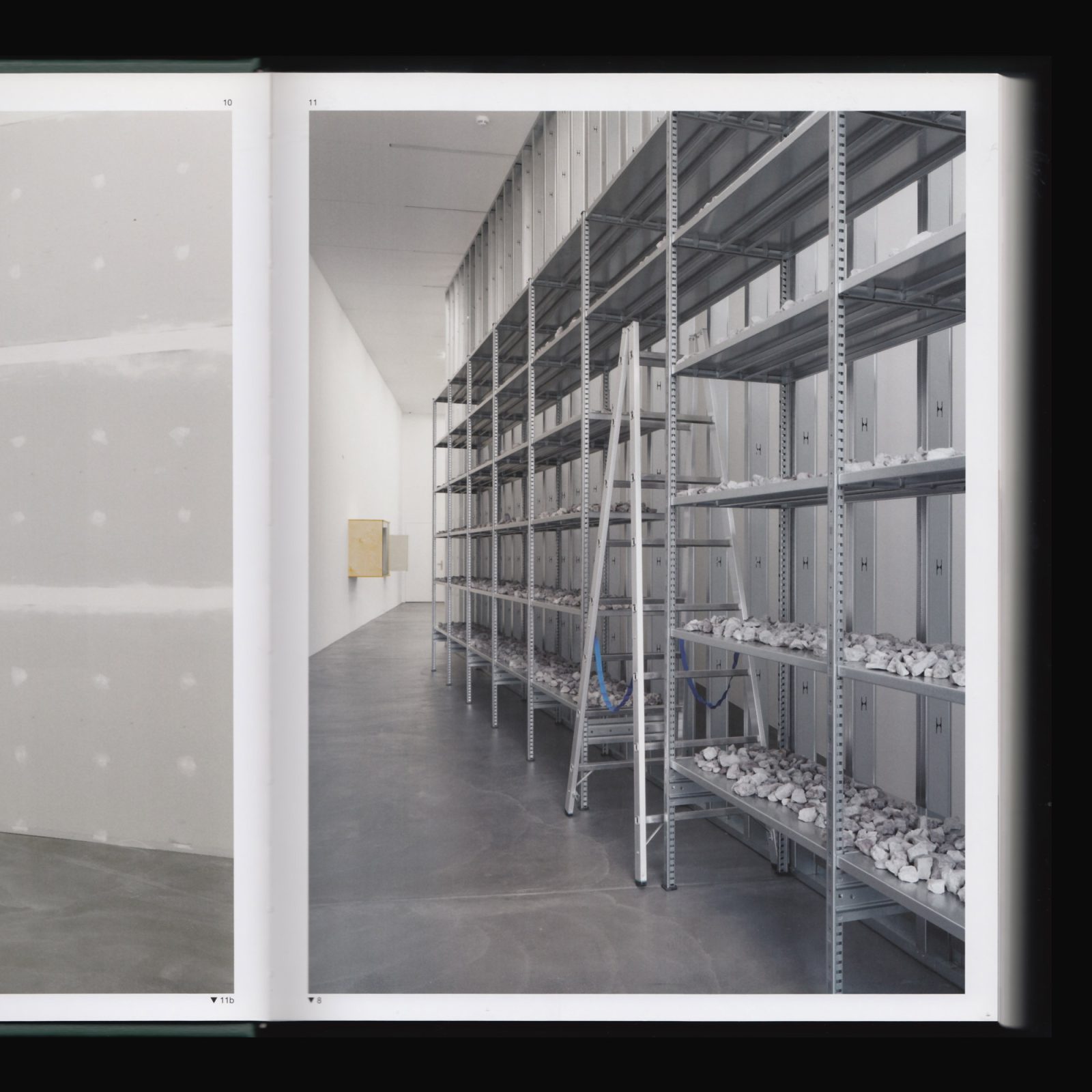
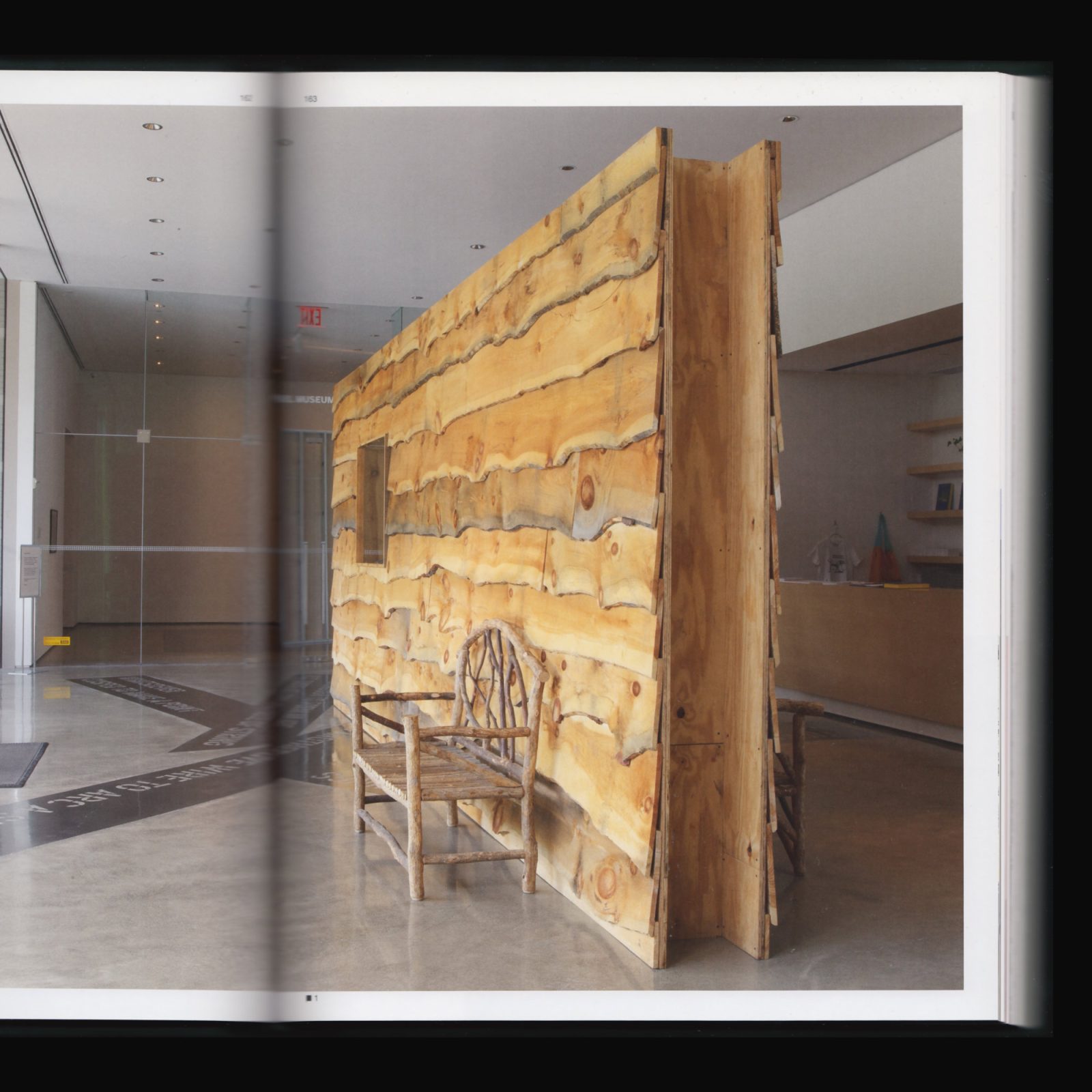
Primarily known for his paradigmatic “shelves” displaying everyday objects, Haim Steinbach (born 1944) has developed a practice that evolved from early minimalist painting with grids and monochromes to later large-scale installations that have seldom been seen in the US. Growing out of a traveling exhibition that features works drawn from throughout Steinbach’s career, as well as archival materials and new site-specific installations, Object and Display urges readers to take a closer look at this seminal artist’s works. Hundreds of full-color illustrations document the exhibition, which included photographs, models and recreations from past works, along with photography of the site-specific installations that appeared at each institution. New essays by writers Johanna Burton and Germano Celant explore the evolution of Steinbach’s practice and his investigations into what constitutes an art object and how art and objects are displayed.
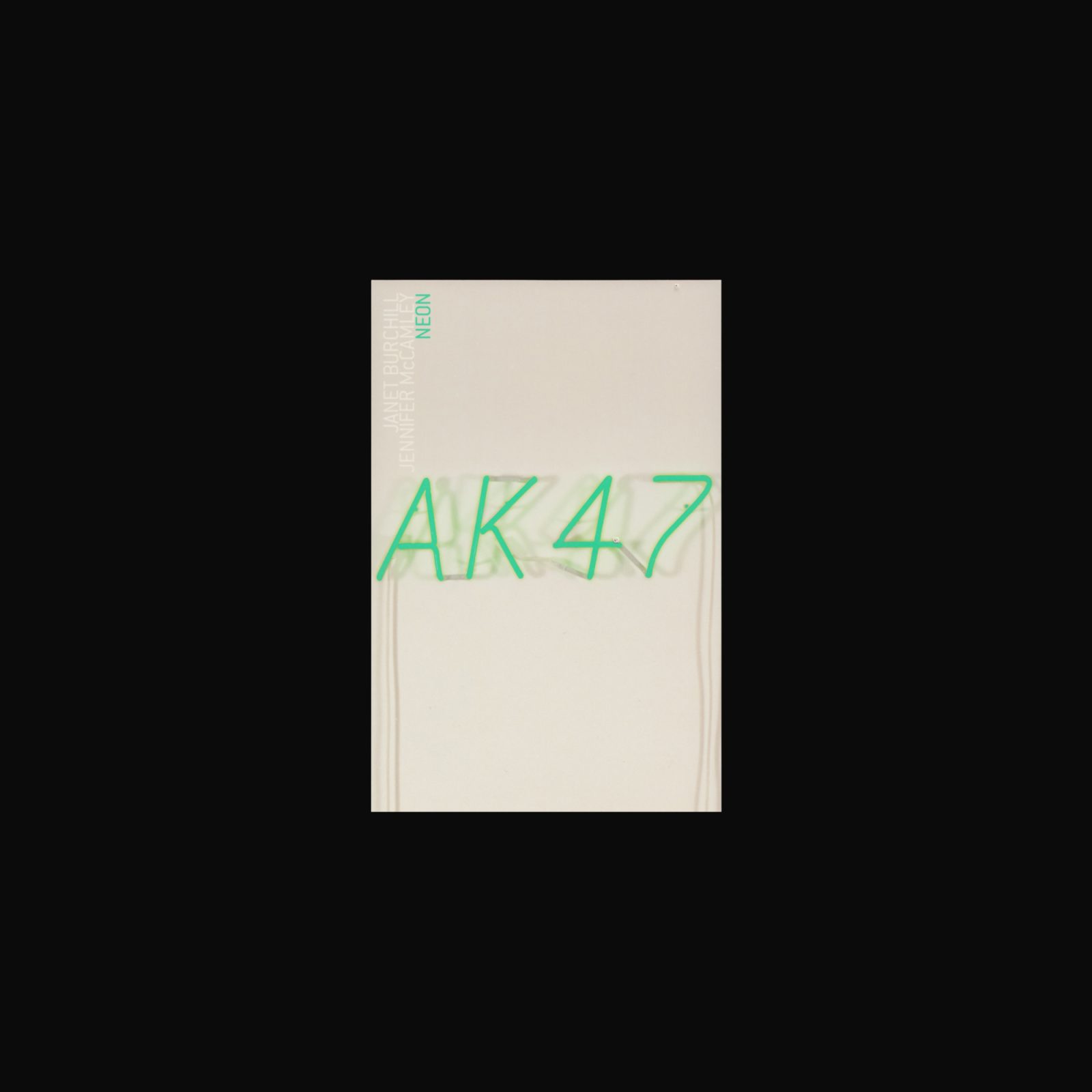
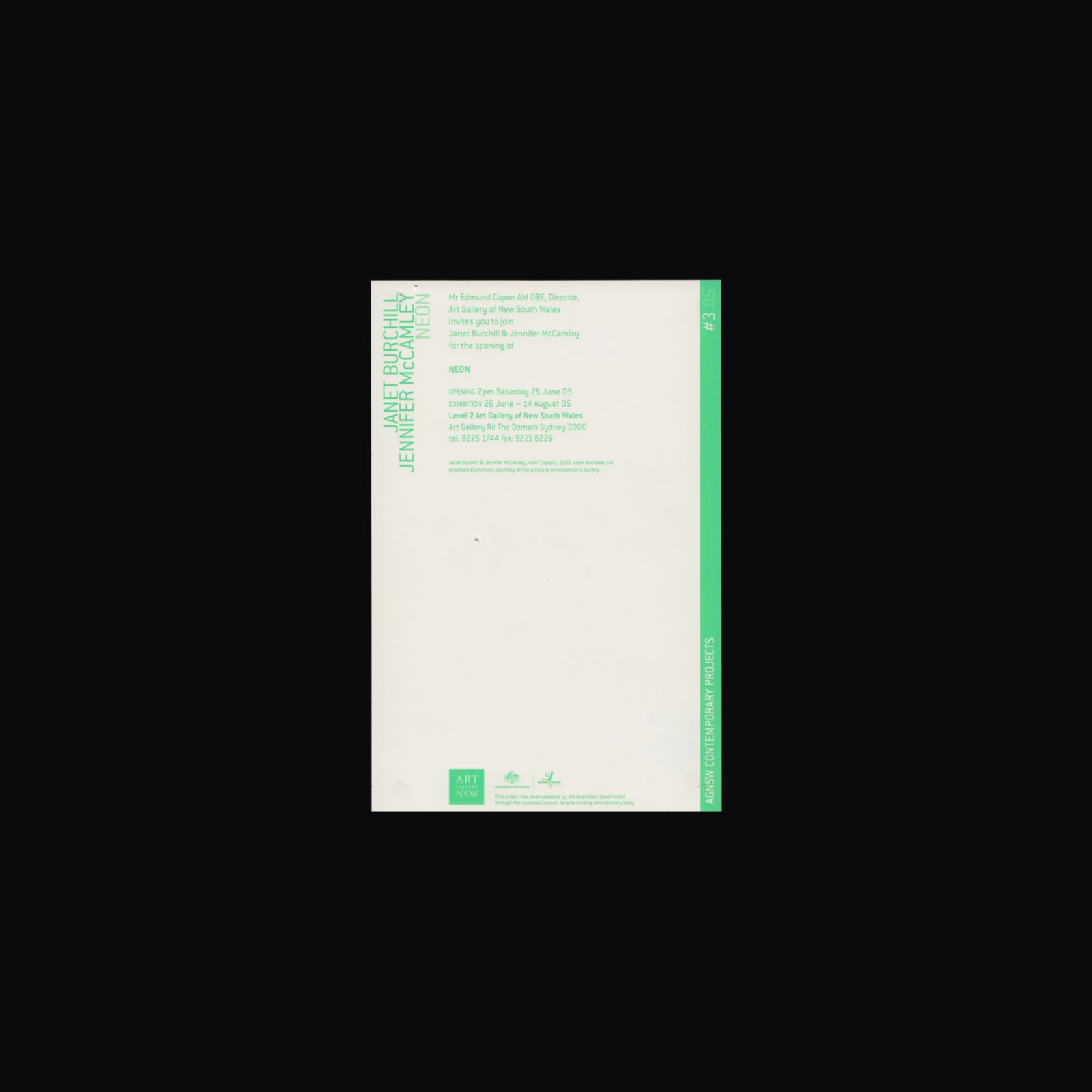
Invitation produced on the occasion of Janet Burchill & Jennifer McCamley’s exhibition NEON at the Art Gallery of New South Wales, Sydney, 26 June–14 August, 2005.
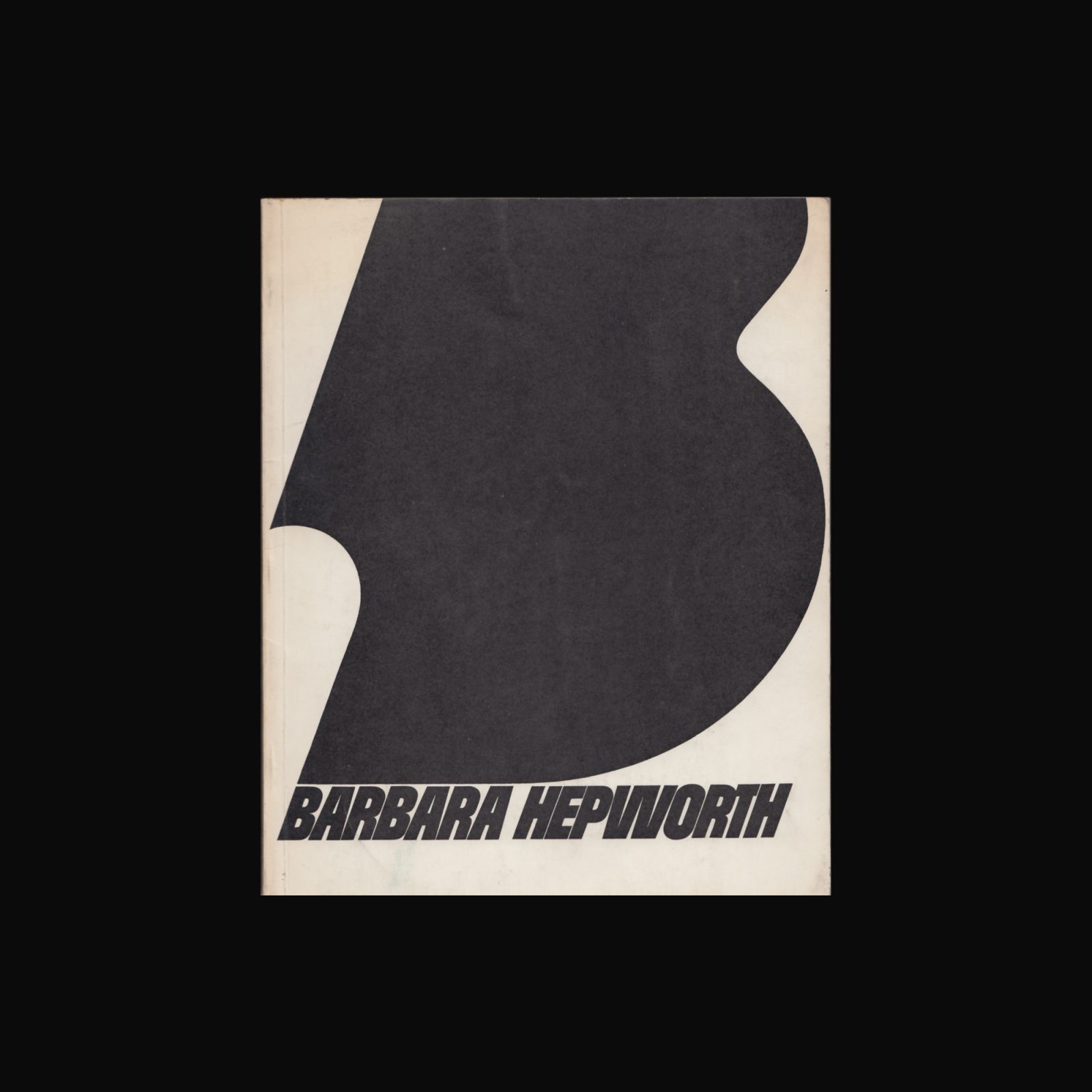

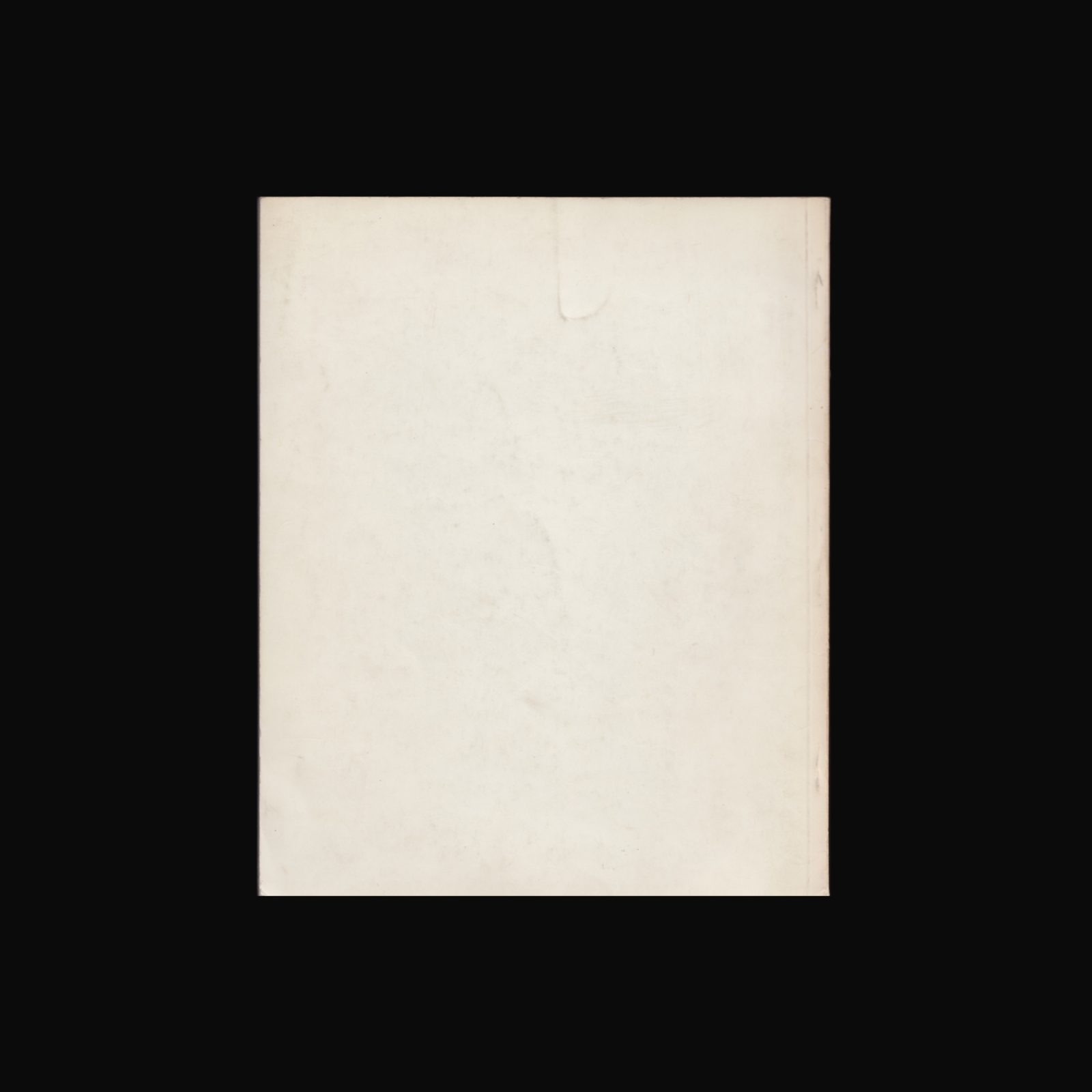
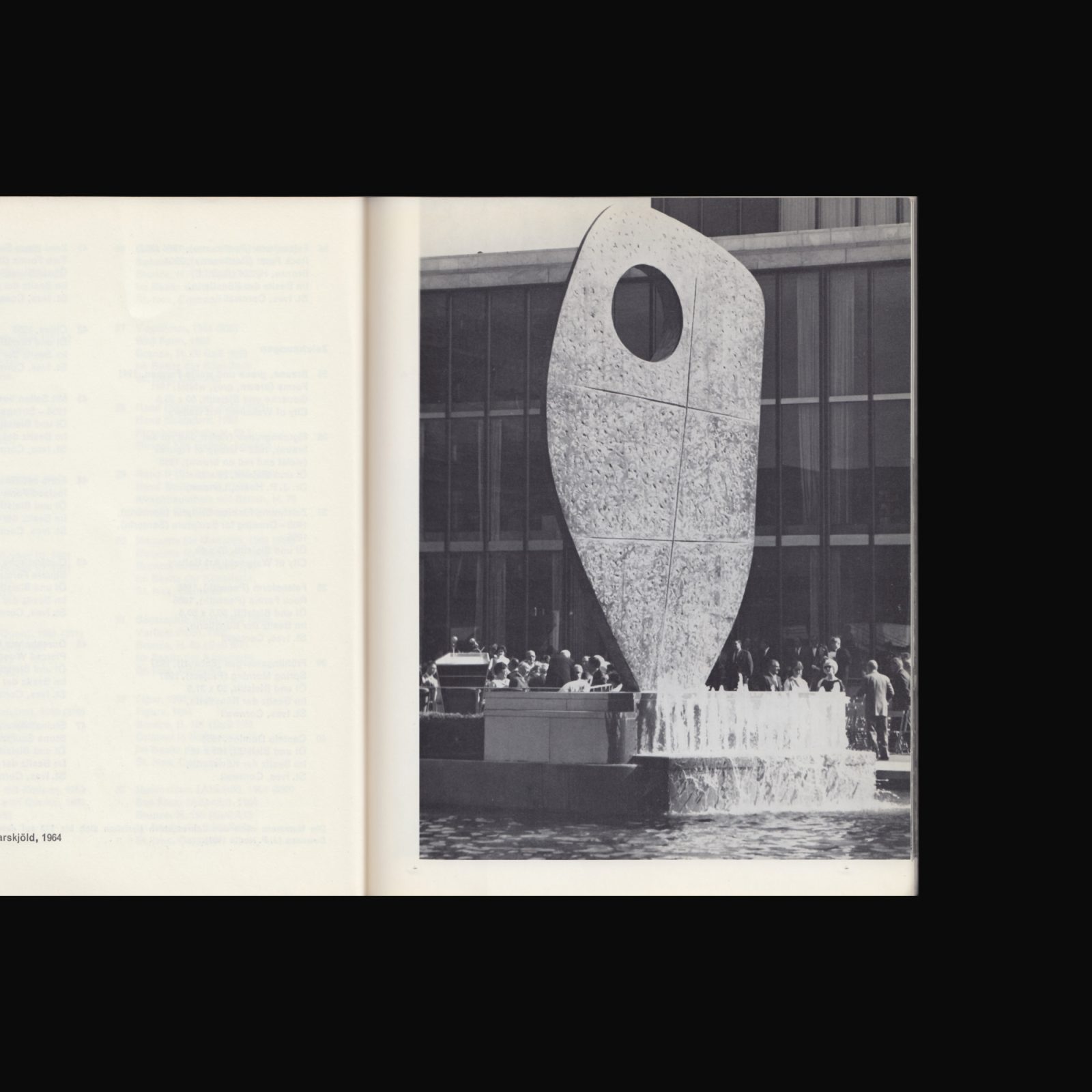
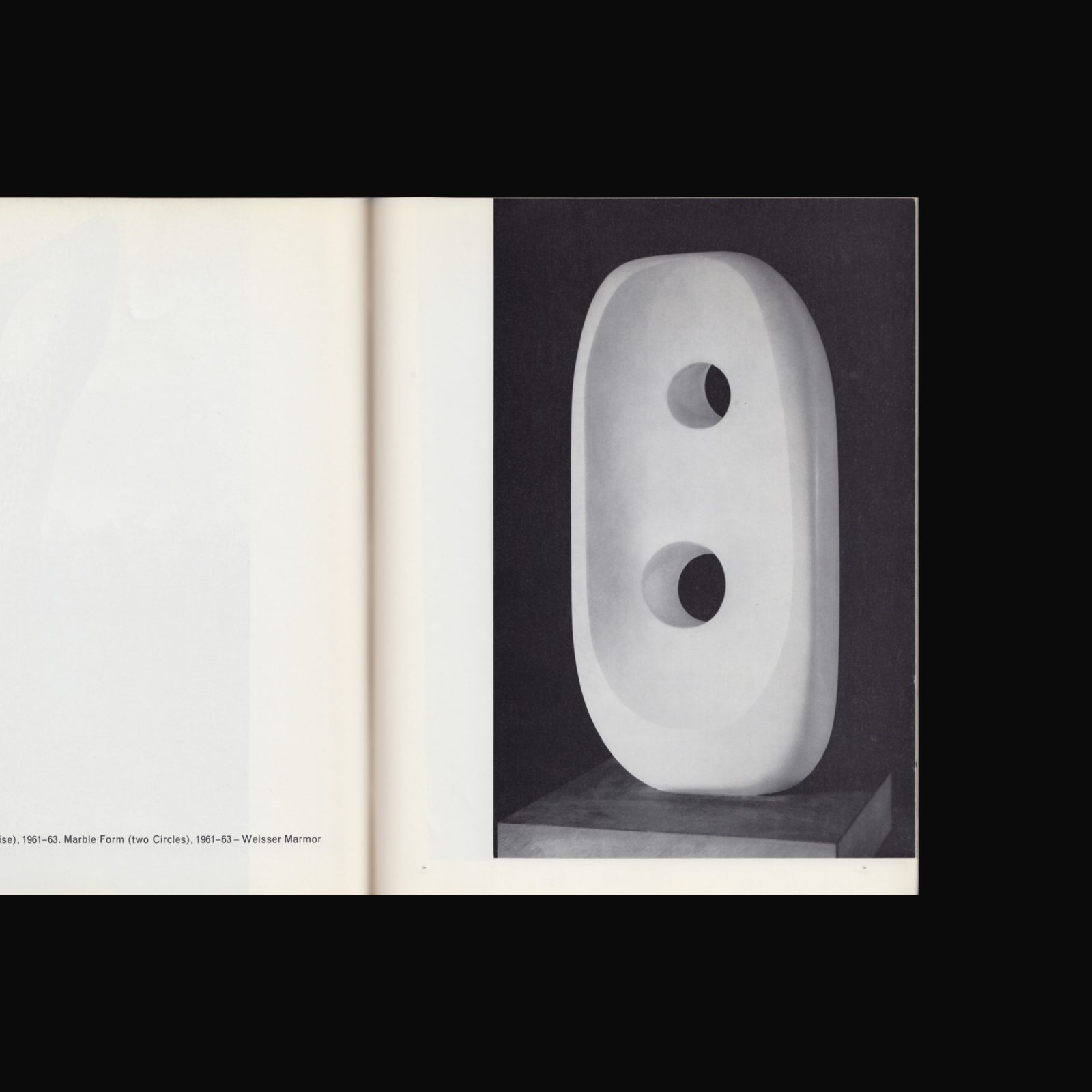
Produced on the occasion of Barbara Hepworth’s exhibition at Kunsthalle Basel, 14 September–10 October, 1965.
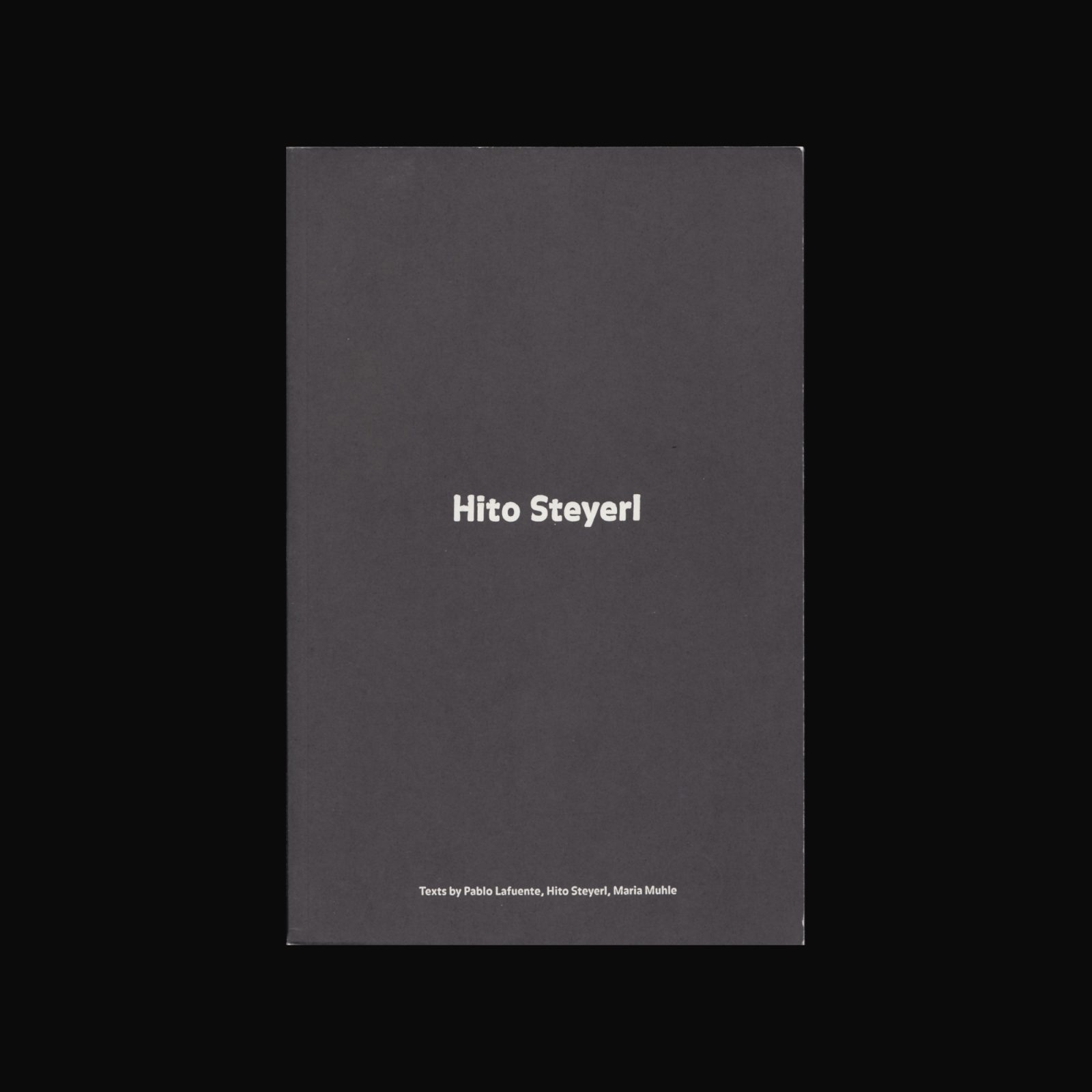

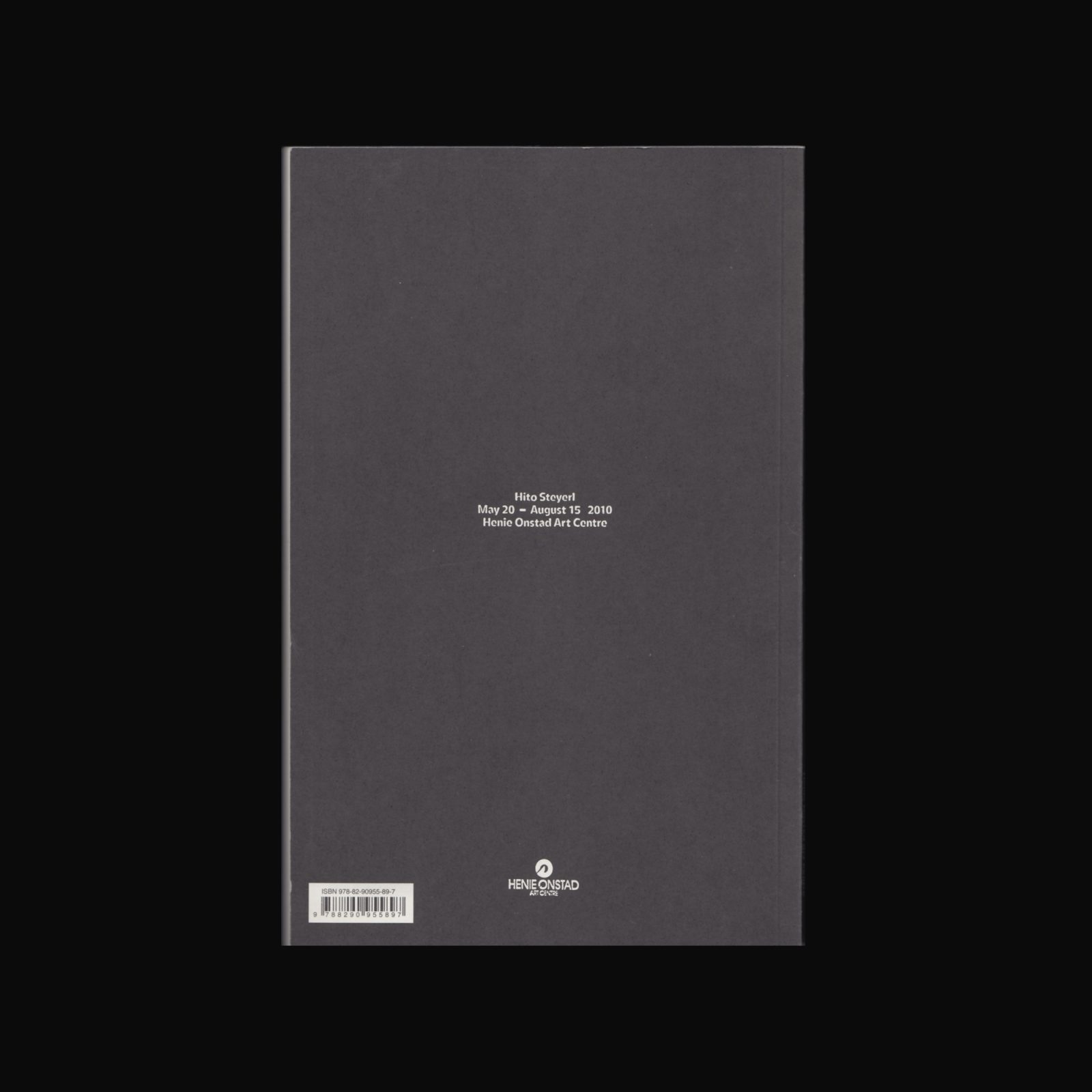
“Film as essayistic collage is central to Steyerl’s works. She combines her own recordings with scenes from Hollywood movies and documentary material in various works, operating within different rhythms and time intervals. Her films criticize an understanding of the documentary image as a bearer of history and authenticity and as an object of empathy and identification.In a time where imagery travels, is being reinterpreted, used and distributed more quickly than ever before, the image as document has lost its apparent authority as a witness.”
Introduction by Tone Hansen. Essays by Pablo Lafuente, Hito Steyerl and Maria Muhle.